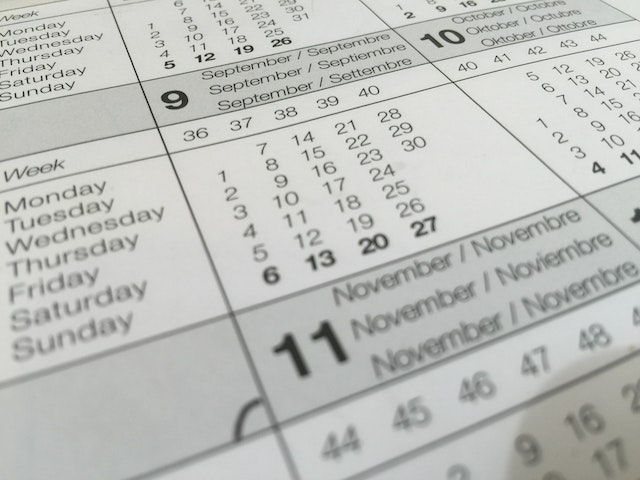In order to understand what a leap day is, first we have to define what a leap year is!
A leap year (also known as an intercalary year) is a year when one additional day is added to the calendar. This additional day is called leap day.
Why do we need these leap days? Astronomical events do not happen according to convenient whole numbers. A common year calendar has 365 days, but in reality the Earth orbits the Sun 365 days and 6 hours (more precisely 365 days 5 hours 48 minutes 46 seconds, or 365.2422 days). These 0.25 days are cumulated and every 4 years, as one additional day (leap day), are added to the calendar.
The first leap day were added to the Julian Calendar in 46 BCE by Julius Caesar (advised by Sosigenes of Alexandria, an astronomer). This calendar remained untouched till 1582, when Pope Gregory XIII revised the calendar and created the Gregorian Calendar (with the assistance of Christopher Clavius, a German mathematician, astronomer). This was a more precisely calculated calendar, it stated that leap days should not be added to the calendar if the year ends in ‘00 unless it is divisible by 400 (because of the 0.25 days vs. 0.2422 days). This stabilizing rule makes the calendar exact for thousand of years.
The Gregorian Calendar was and is accepted as the civil international standard calendar.

